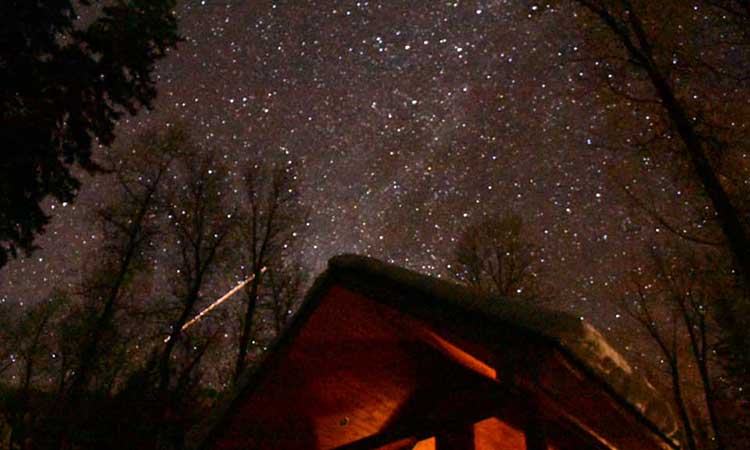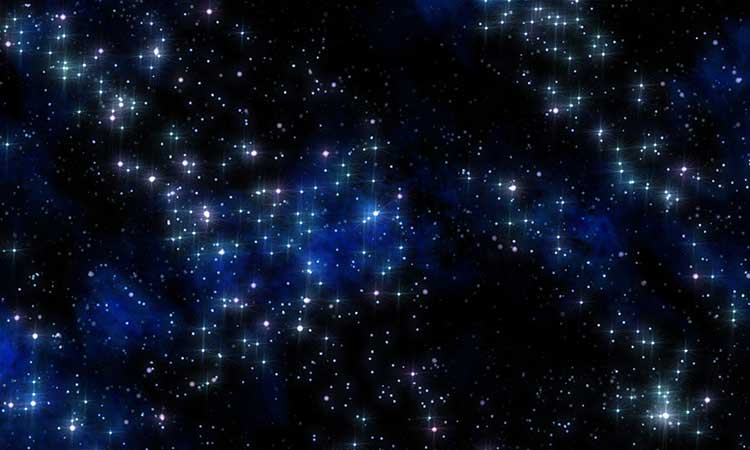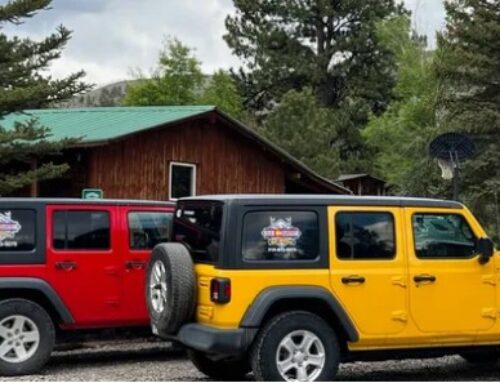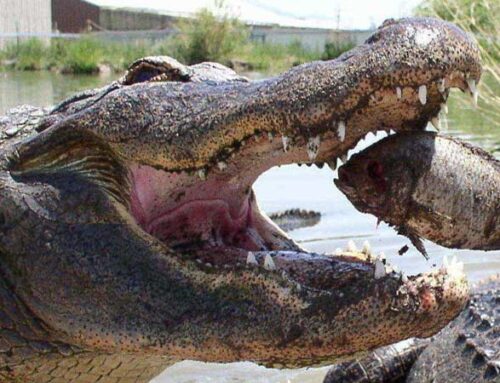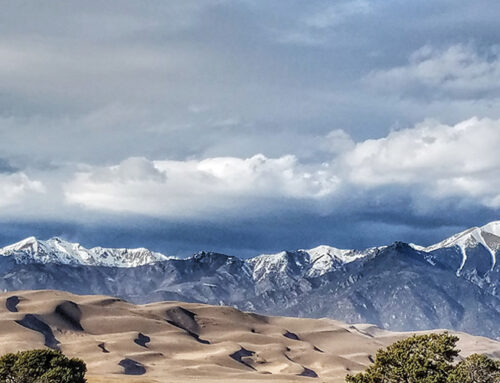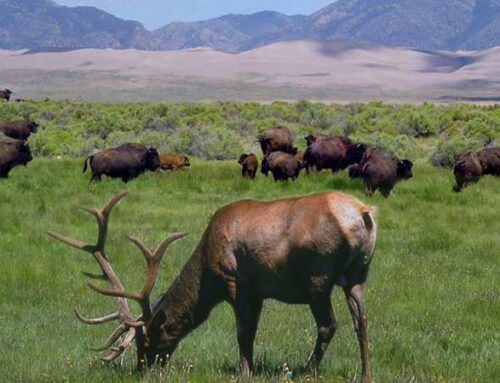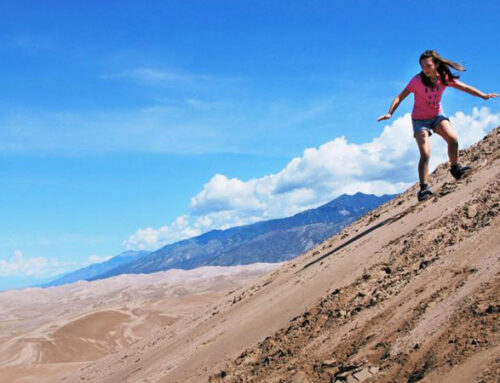Article and Photos by Field Editor Ryan Michelle Scavo
If you are interested in exploring some of the country’s darkest night skies, the San Luis Valley (SLV) is the perfect place in winter! The Milky Way and winter constellations like Orion and Canis Major (also featuring the brightest star, Sirius) are prominent features in the Colorado night sky this time of year. Here are some tips & tricks to having the best night sky views:
- Get the weather report. Check out the local forecast and plan to observe the night sky on clear nights (no snow or cloud cover).
- Research celestial events like meteor showers. A quick online search will give you all the details for upcoming meteor showers or other celestial events. The best viewing time for meteor showers is often after midnight on clear, moonless nights. Some meteor events to mark on your calendar include the Quadrantids (early January), Quadrantids (mid-April), Orionids (active late September-late November), Leonids (mid-November), and Geminids (early-mid December).
- Be prepared. The SLV can reach temperatures as low as negative 30 degrees in winter! To fully experience the night sky, it helps to get outside. So, dressing appropriately is important! Consider wearing multiple layers (including thermal base layers and an insulated jacket), and a warm winter hat, gloves, and scarf. Also, bringing along some hot tea or cocoa is a great way to add some warmth to the night! And finally, a flashlight may be useful on dark nights. Consider a headlamps or flashlights with a red light option – this will save your eyes from being exposed to bright white light and allow your night vision to be maintained so you can clearly see stars in the sky.
- Don’t forget the gear. Star-gazing is easy and little to no gear is needed. However, consider bringing along a telescope for an up-close view of celestial features like stars and the moon. Another useful tool in observing the night sky is a sky maps. These are available online and in stores to help identify constellations at different times of the year.
Thanks to our dark skies, night sky viewing locations in the SLV are easy to find – from backyards to national parks, the valley has a lot to offer thanks to its location and relatively low light pollution. Here are some places to consider:
Elephant Rocks
Managed by the Bureau of Land Management, this fee-free site is located north of the town of Del Norte. To access, take highway 112 north and head west on CR 33 (which transitions to 38A). Several access points are available along the west side of this dirt road.
Great Sand Dunes National Park
This national park is open 24/7, year-round and often has ranger-led night sky programming. However, visitors can also explore the park and its skies independently. Consider a night visit or overnight camping trip to the park’s dunefield to experience a spectacular night sky! To access, take Highway 150 from the south (Alamosa) or CR 6 from the west (Mosca).
Elk Park, Rio Grande National Forest
For those looking for a new experience, consider cross-country skiing to Elk Park! A night ski on a clear night is the perfect way to stay warm and explore the area and Elk Park provides a large viewing area within the forest. The park is located approximately 15 miles from the intersection of Highway 160 and Pinos Rd. To access, turn onto CR14 (Pinos Rd) from Highway 160. There is limited winter maintenance on the national forest, so be prepared for deep snow or slippery conditions. Depending on road condition and snow depths, prepare for a 5+ mile graduate uphill ski.



